Hard Maple Lumber
- July 25, 2023
- 0 comment
Hard Maple, also known as Acer saccharum, is a prized and widely sought-after lumber due to its outstanding qualities of strength, durability, and aesthetic appeal. Often referred to as Sugar Maple, this species is famous for the sweet sap that can be tapped to produce maple syrup. Its lumber finds extensive application in the world of woodworking, making it an essential material for furniture crafting, flooring, and cabinetry.

One of the standout features of Hard Maple is its distinct pale color, which ranges from almost white to light brown, occasionally displaying a reddish-brown tinge. Complemented by a tight, fine grain that may occasionally exhibit stunning wavy or curly patterns, Hard Maple stands out as a preferred choice for various projects where both strength and beauty are sought.
With its remarkable density and hardness, Hard Maple poses moderate challenges when working with hand or machine tools. Yet, the effort is rewarded with its ability to take on an exquisite finish and polish to a brilliant luster. The wood’s strength and resistance to wear make it an ideal option for high-traffic areas like flooring. When used in furniture making, it adds both elegance and longevity to the pieces. While its rot resistance is classified as non-durable, proper protective measures allow for outdoor applications as well. Harvested primarily from Eastern North America, Hard Maple is relatively abundant and affordable, making it a sustainable choice for responsible woodworking projects. Whether it’s crafting durable furniture or creating visually stunning decorative pieces, Hard Maple stands as a reliable and versatile lumber, cherished by craftsmen and artisans alike.
| Category | Hard Maple Lumber |
|---|---|
| Common Name(s) | Hard Maple, Sugar Maple |
| Scientific Name | Acer saccharum |
| Distribution | Eastern North America (United States and Canada) |
| Tree Size | Height: 70-100 feet (21-30 meters), Diameter: 2-3 feet (0.6-0.9 meters) |
| Average Dried Weight | 44 lbs/ft3 (705 kg/m3) |
| Specific Gravity | 0.71 |
| Janka Hardness | 1450 lbf (6440 N) |
| Modulus of Rupture | 14,600 psi (100.7 MPa) |
| Elastic Modulus | 1.8-2.1 million psi (12.4-14.5 GPa) |
| Crushing Strength | 7,830 psi (54.0 MPa) |
| Shrinkage | Radial: 4.8%, Tangential: 9.9%, Volumetric: 15.5%, T/R Ratio: 2.1 |
Characteristic:
Color/Appearance:
Hard Maple boasts a visually appealing range of colors, from a pale, nearly white hue to a light brown tone. Over time, it can develop a subtle darkening, enhancing its warm appeal. Additionally, some Hard Maple boards may display a reddish-brown tinge, which adds character and diversity to the wood’s appearance. This blend of light and darker shades makes it an attractive choice for both modern and traditional woodworking projects.


Grain/Texture:
The grain pattern of Hard Maple is predominantly straight, contributing to its clean and elegant look. However, one of the most prized features of this lumber is its ability to showcase captivating figuring. Wavy and curly grain patterns are not uncommon in Hard Maple, creating visually stunning effects that add a touch of uniqueness to the finished product. The texture of this wood is fine and uniform, ensuring a smooth and refined finish.
Rot Resistance:
Hard Maple falls into the non-durable category when it comes to decay resistance. As a result, it is susceptible to rot and insect infestations if exposed to moisture or harsh environmental conditions. To preserve its longevity, proper protection, and regular maintenance are essential, especially for any outdoor applications.
Workability:
Working with Hard Maple can present moderate challenges due to its high density and hardness. The wood has a tendency to dull cutting edges more quickly than softer species, so it’s important to keep tools sharp. For nailing and screwing, pre-drilling is recommended to prevent splitting. Despite its density, Hard Maple responds well to various finishes, allowing craftsmen to achieve a polished and attractive appearance.

Odor:
One notable feature of Hard Maple is its lack of any distinct odor, which can be an advantage when using it for projects where odorless wood is preferred.
Allergies/Toxicity:
Hard Maple does not pose any known allergic reactions or specific health hazards, making it a safe choice for woodworking projects.
Pricing/Availability:
Hard Maple enjoys widespread availability in its native regions, making it one of the more affordable hardwood options. Prices may vary depending on factors such as the quality of the lumber, any unique figure or figuring present, and the regional supply and demand.
Sustainability:
Harvested and managed responsibly in North America, Hard Maple is considered a sustainable wood choice. Its abundance and continuous efforts in responsible forestry practices ensure a renewable and environmentally-friendly source of lumber. For added assurance of responsible sourcing, consumers can look for products certified by organizations like the Forest Stewardship Council (FSC).

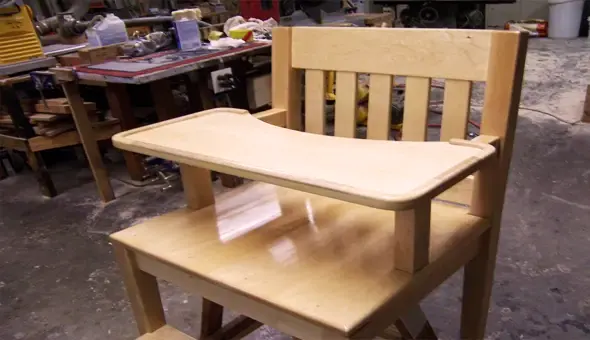
Common Uses:
Owing to its excellent strength, durability, and appealing appearance, Hard Maple finds widespread application in various domains of woodworking. It is commonly used in crafting furniture, cabinets, and interior millwork, where its light color and smooth texture contribute to a clean and elegant look. Additionally, its density and resilience make it an ideal choice for flooring, as well as for crafting musical instruments and turned items like bowls and pens.
FAQs:
- Is Hard Maple the same as Soft Maple?
No, Hard Maple (Acer saccharum) and Soft Maple (Acer rubrum and other species) are different types of maple trees with distinct properties. Hard Maple is denser and harder than Soft Maple. - Can I stain Hard Maple?
Yes, Hard Maple can be stained, but due to its dense and closed-pore structure, it may not absorb stain as evenly as some other woods. It is advisable to use a wood conditioner before staining. - Is Hard Maple suitable for outdoor projects?
Hard Maple is not naturally resistant to decay and is not recommended for outdoor use unless it is adequately treated with preservatives. - What is the difference between Hard Maple and Soft Maple in terms of appearance?
Hard Maple tends to have a paler and more consistent color, while Soft Maple can have more variation in color and may display mineral streaks. - Is Hard Maple suitable for carving?
Yes, Hard Maple’s fine, straight grain and consistent texture make it suitable for carving, but its hardness may require sharp tools and more effort compared to softer woods.


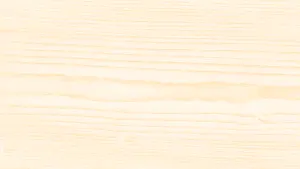



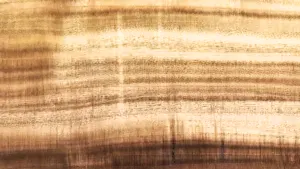


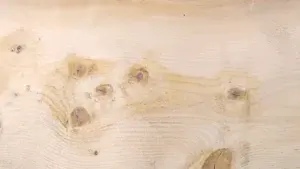



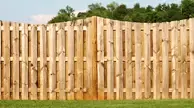
Leave your comment